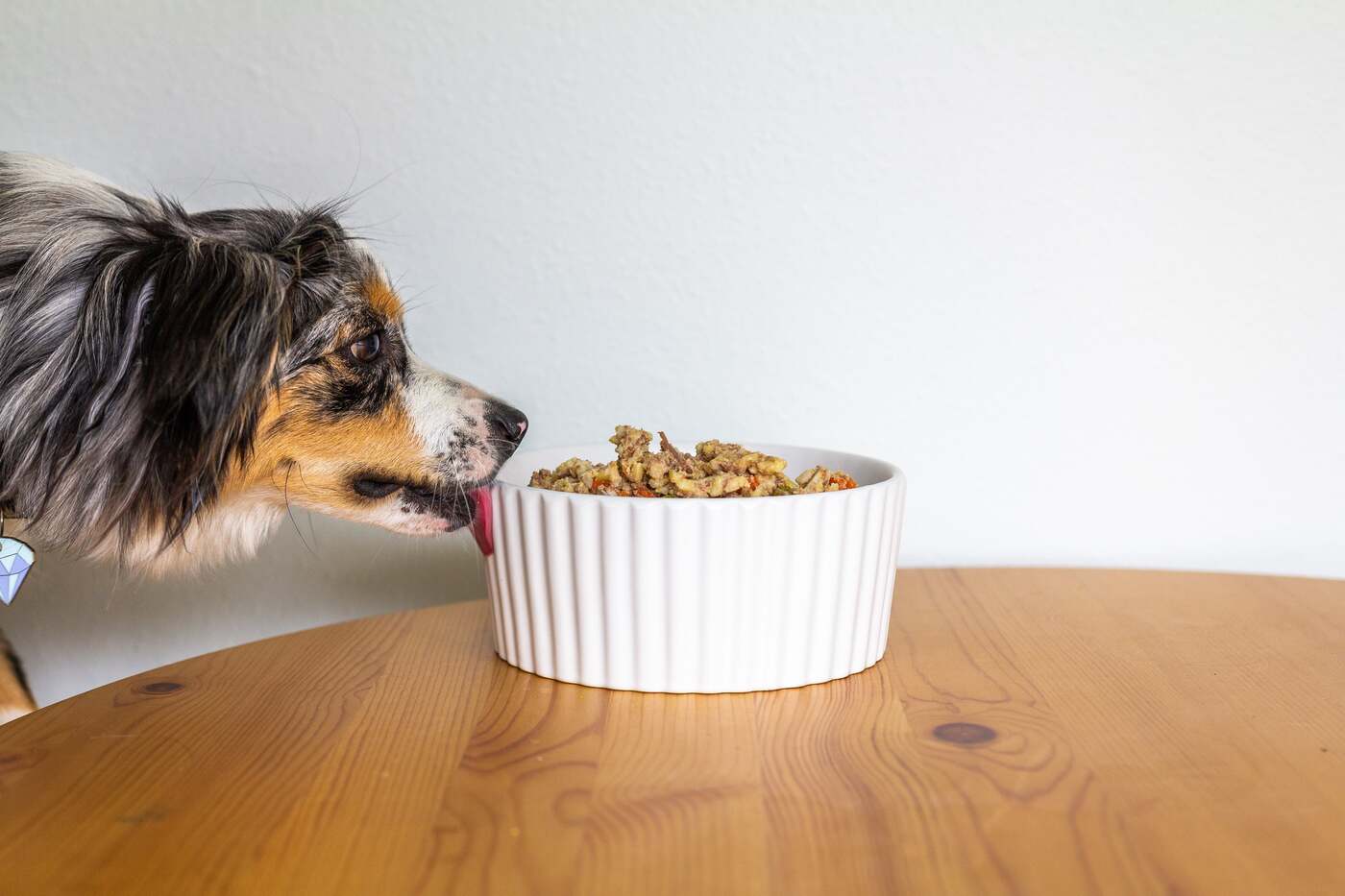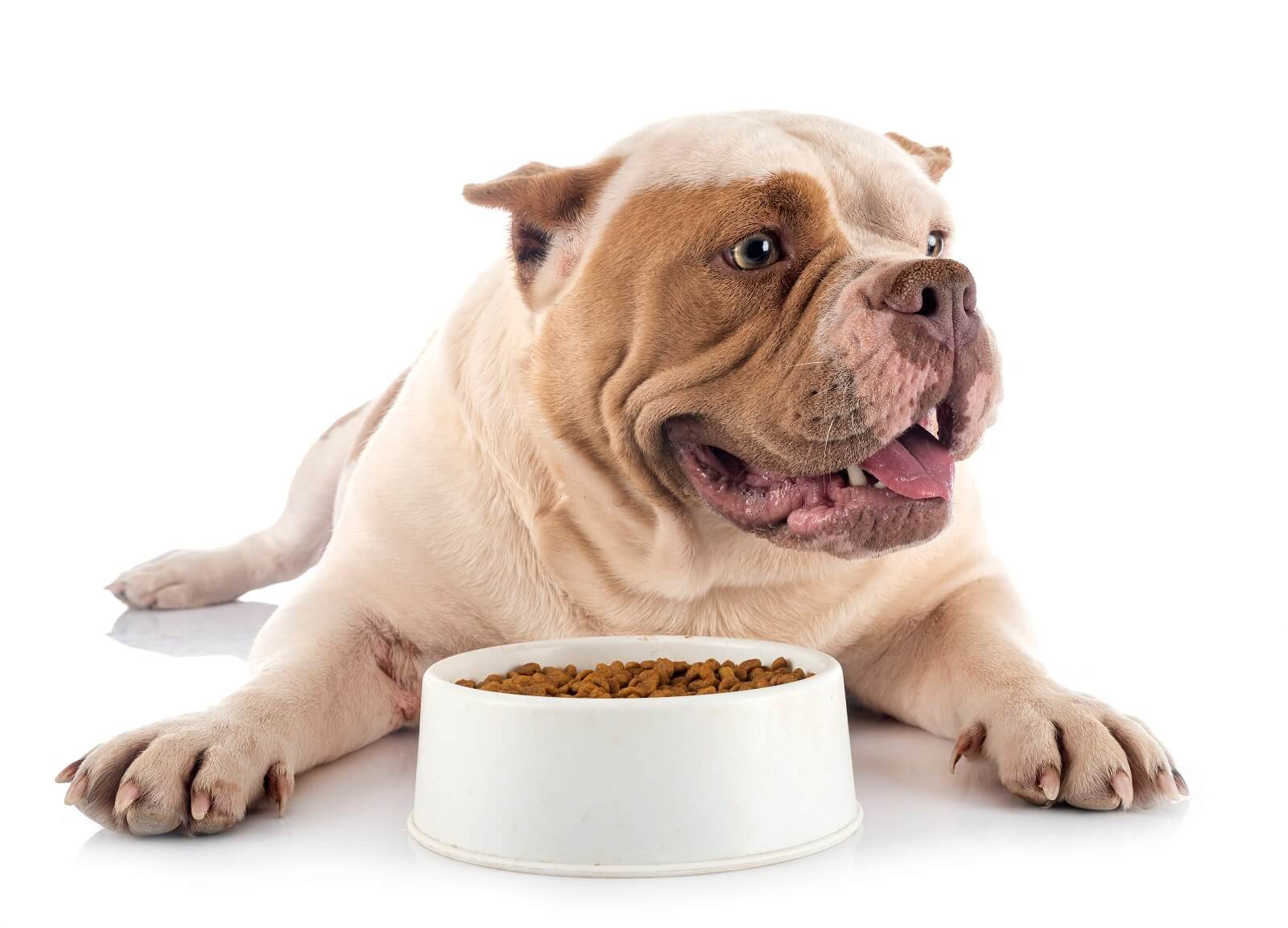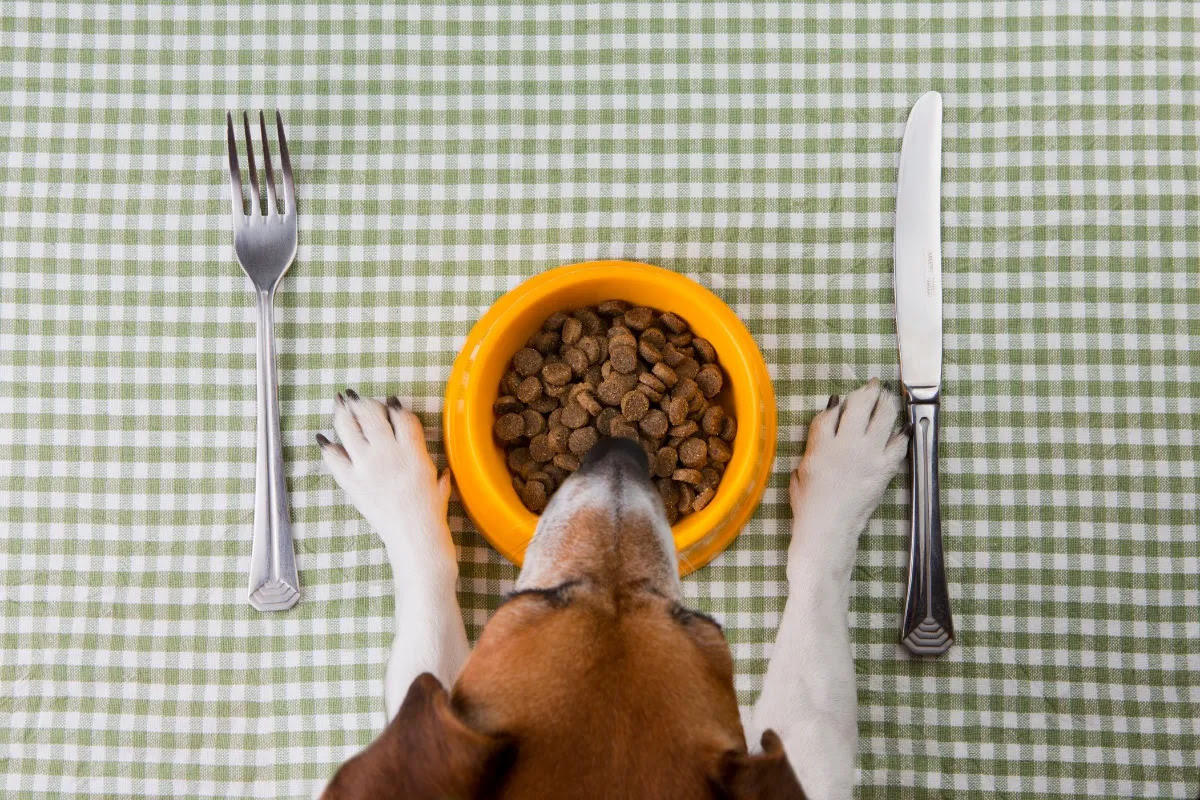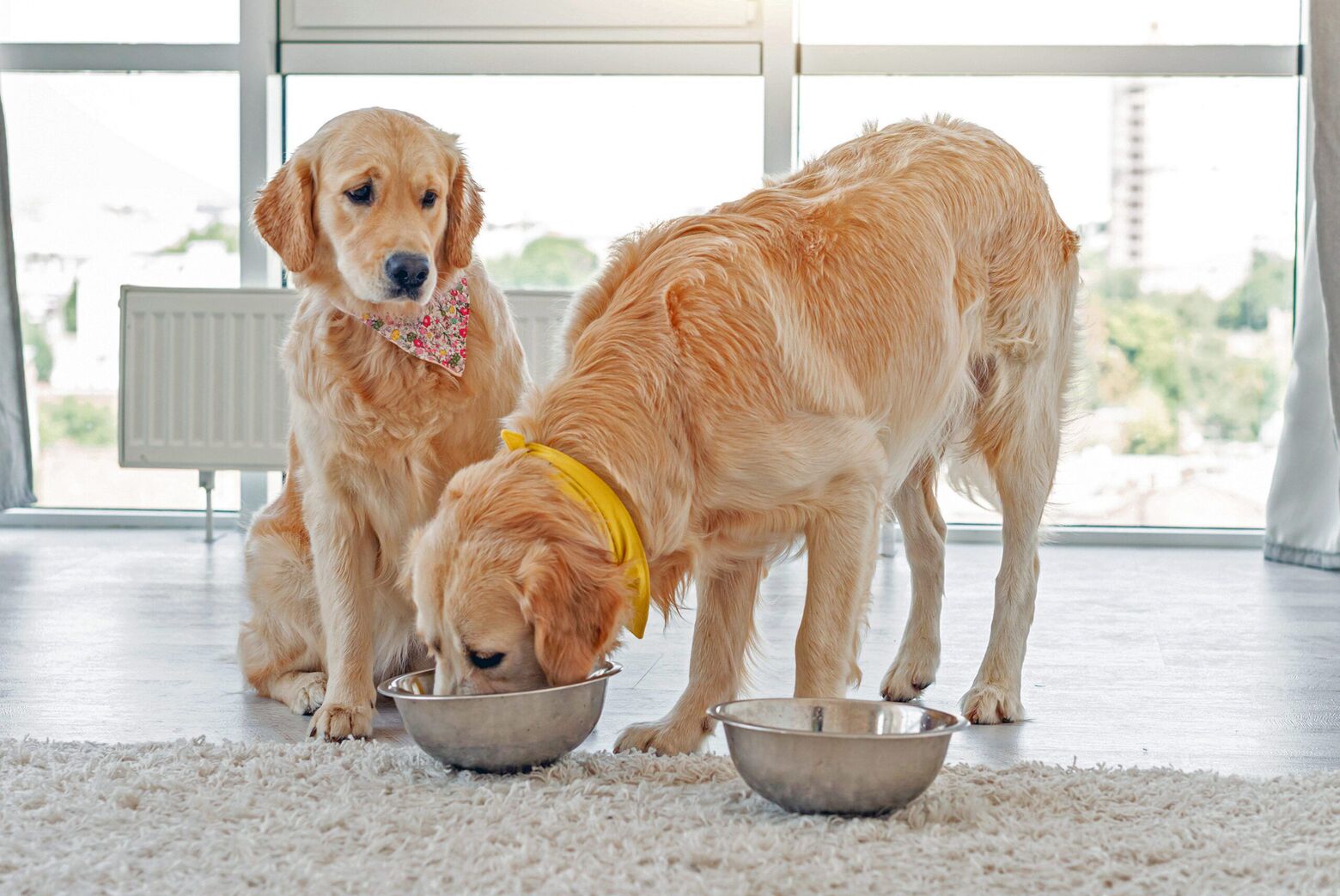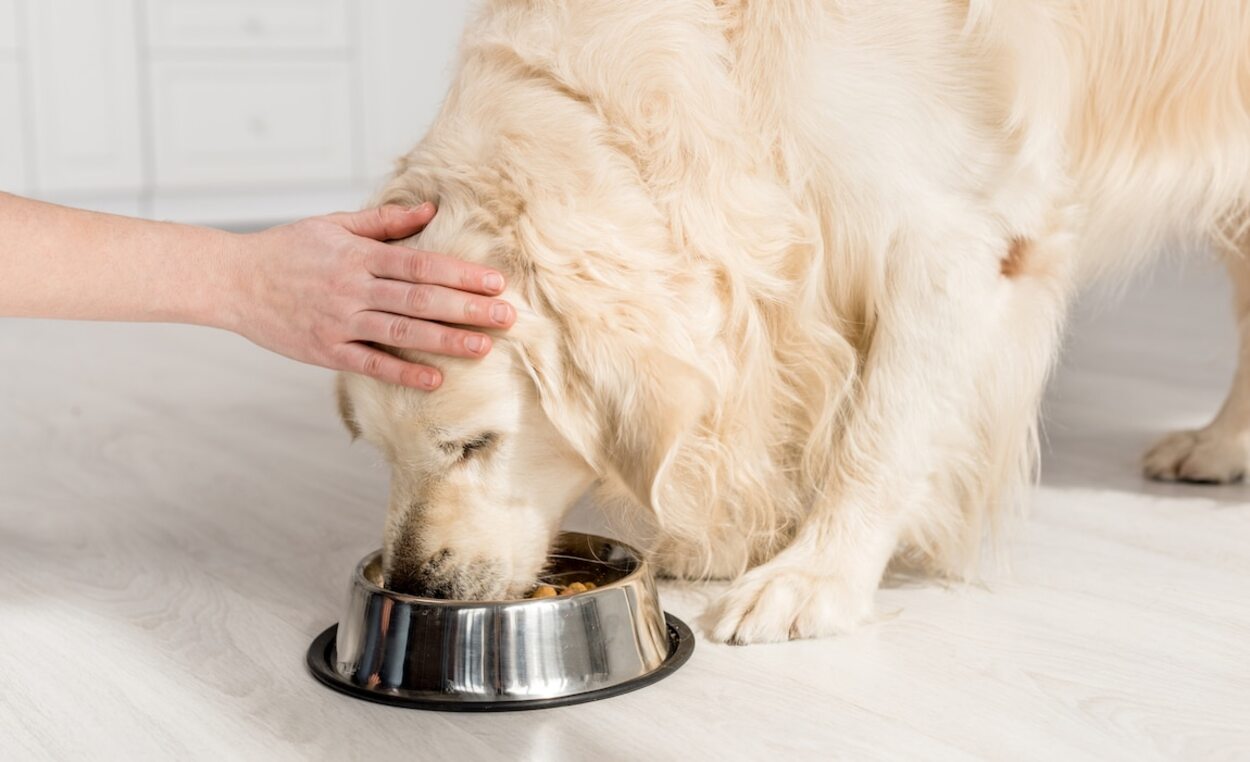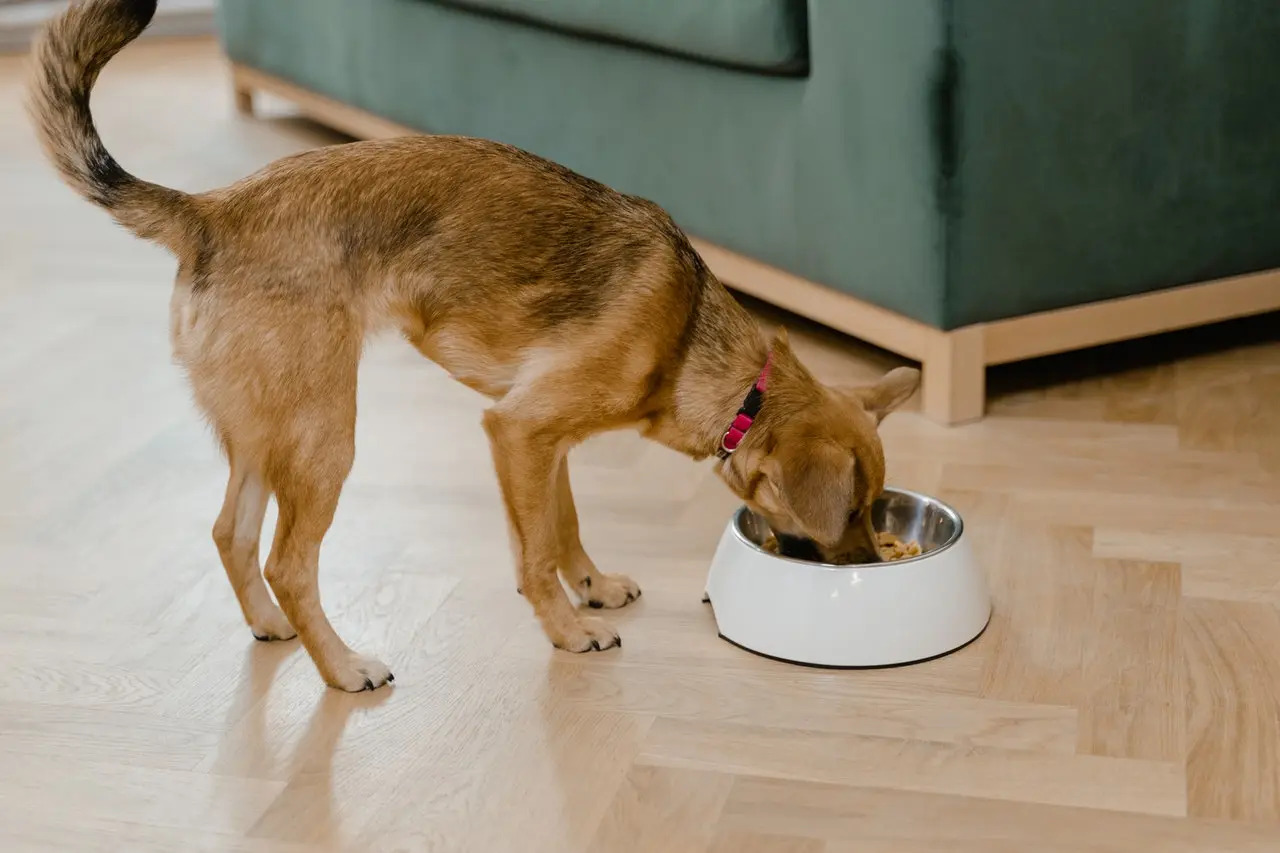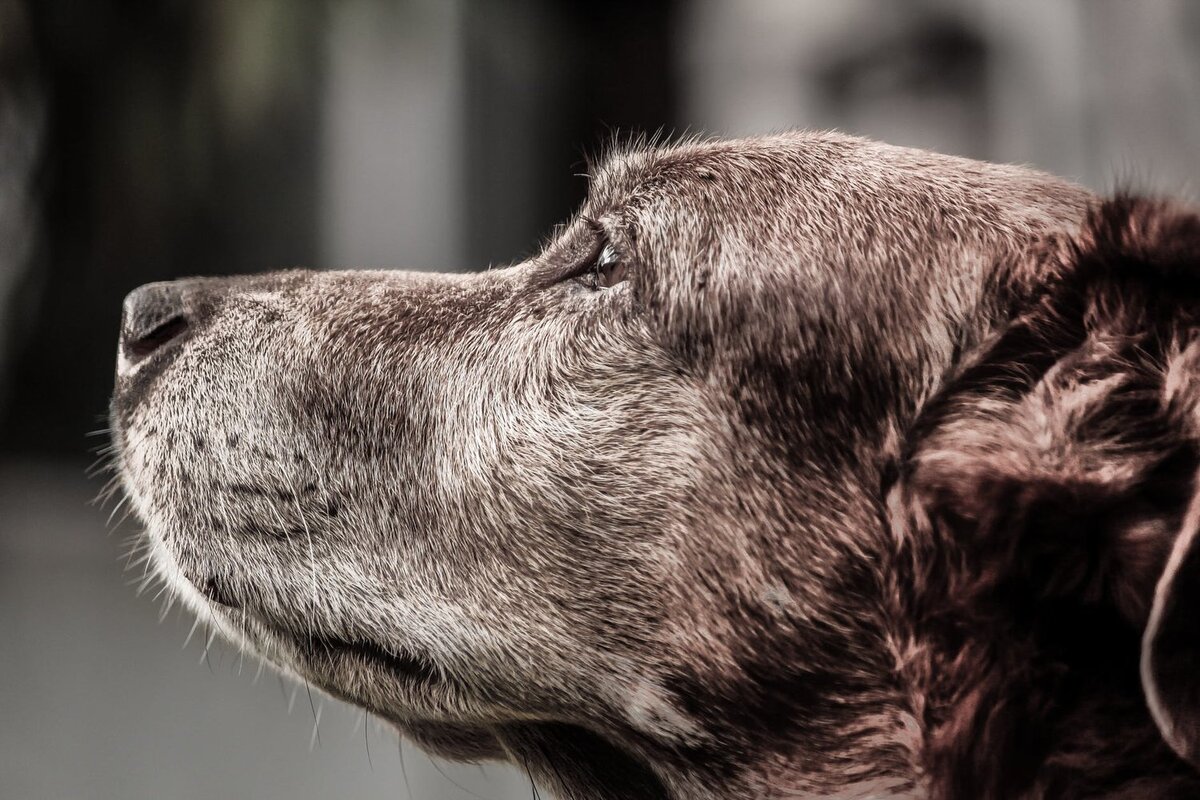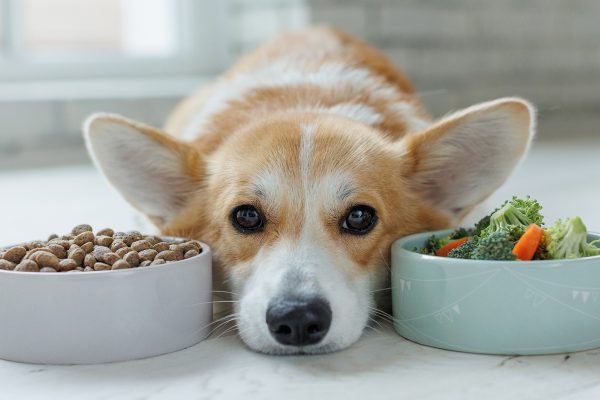Home>Health & Wellness>Nutrition & Diet>How To Create A Rotational Diet For Your Dog
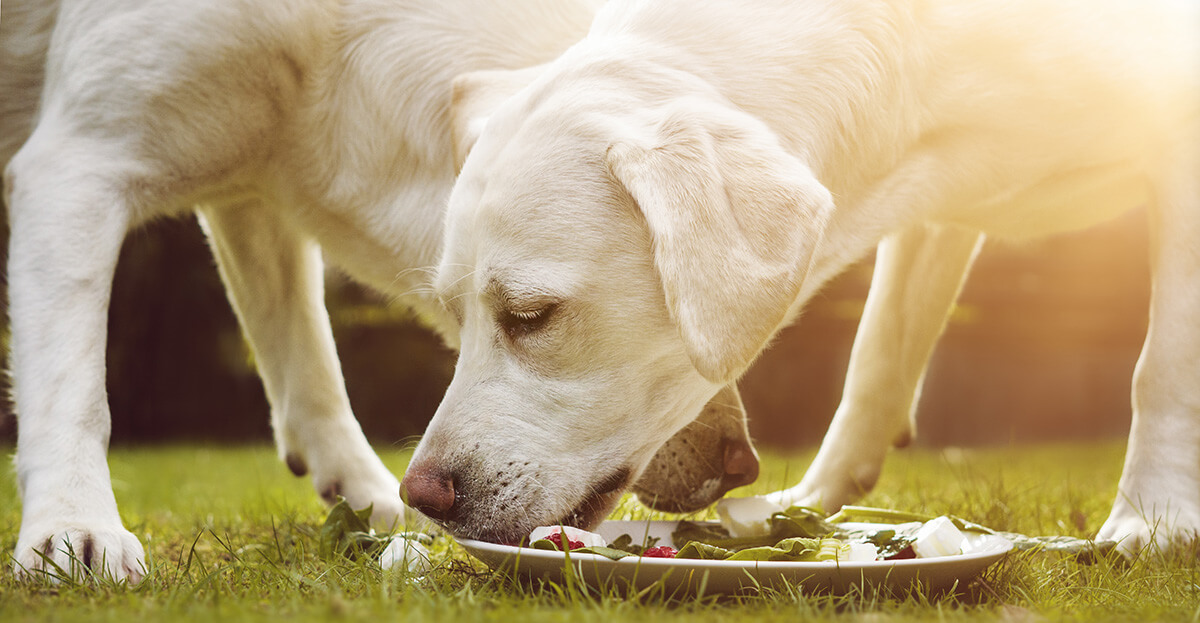

Nutrition & Diet
How To Create A Rotational Diet For Your Dog
Published: January 28, 2024
Learn how to create a balanced rotational diet for your dog to ensure optimal nutrition and diet. Discover the best practices for maintaining your pet's health and well-being.
(Many of the links in this article redirect to a specific reviewed product. Your purchase of these products through affiliate links helps to generate commission for Pawsomeoldies.com, at no extra cost. Learn more)
Table of Contents
Introduction
Introducing variety into your dog's diet is a crucial aspect of ensuring their overall health and well-being. Just like humans, dogs can benefit from a diverse range of nutrients obtained from different food sources. A rotational diet for your dog involves regularly changing the types of food they consume, providing a balanced and varied nutritional intake. This approach mimics the natural feeding patterns of dogs in the wild, where they would consume a variety of prey animals and plants based on seasonal availability.
By implementing a rotational diet, you can offer your dog a wide array of proteins, carbohydrates, and essential nutrients, which can contribute to their overall health and vitality. This dietary approach also helps prevent potential food sensitivities or allergies that may develop from prolonged exposure to the same ingredients. Additionally, a rotational diet can keep mealtime exciting for your furry companion, as they get to enjoy different flavors and textures throughout the week.
Understanding the concept of a rotational diet is the first step toward providing your dog with a well-rounded and nutritious eating plan. In the following sections, we will delve deeper into the benefits of a rotational diet for your dog and explore how to create a customized rotational diet plan that aligns with your dog's unique nutritional needs and preferences.
Read more: How To Add Enzymes To Your Dog’s Diet
Understanding the concept of a rotational diet
A rotational diet for dogs involves the practice of regularly rotating the types of food and ingredients they consume. This approach aims to provide a diverse and balanced nutritional intake by varying the protein sources, carbohydrates, and essential nutrients in their diet. Rather than feeding your dog the same food day in and day out, a rotational diet introduces a variety of options, offering a more comprehensive spectrum of nutrients.
The primary goal of a rotational diet is to mimic the natural feeding patterns of dogs in the wild. In their natural habitat, wild canines would consume a range of prey animals and plants based on seasonal availability. This varied diet ensured that they obtained a broad array of nutrients essential for their overall health and vitality. By emulating this natural feeding behavior, pet owners can help ensure that their dogs receive a well-rounded nutritional intake.
Implementing a rotational diet can also help prevent potential food sensitivities or allergies that may develop from prolonged exposure to the same ingredients. Dogs, like humans, can develop sensitivities to specific foods over time. By regularly rotating their diet, you can reduce the risk of sensitivities and provide a more balanced approach to nutrition.
Furthermore, a rotational diet can contribute to your dog's mental and emotional well-being. Just as humans enjoy a diverse range of foods, dogs can also benefit from experiencing different flavors and textures in their meals. This variety can make mealtime more enjoyable for your furry companion, adding an element of excitement to their daily routine.
Understanding the concept of a rotational diet is essential for pet owners who seek to provide their dogs with a nutritionally diverse and balanced diet. By incorporating a rotational feeding approach, you can offer your dog a wide array of nutrients while reducing the risk of potential food sensitivities. In the subsequent sections, we will explore the numerous benefits of a rotational diet for dogs and provide guidance on creating a customized rotational diet plan for your canine companion.
Benefits of a rotational diet for your dog
Implementing a rotational diet for your dog can yield a multitude of benefits that contribute to their overall health and well-being. By regularly varying the types of food and nutrients they consume, you can provide your canine companion with a diverse range of essential nutrients, thereby supporting their optimal health. Here are several key benefits of incorporating a rotational diet for your dog:
-
Nutritional Variety: A rotational diet allows your dog to receive a broad spectrum of nutrients from different food sources. By rotating proteins, carbohydrates, and essential nutrients, you can ensure that your dog obtains a diverse array of vitamins, minerals, and amino acids essential for their overall health.
-
Reduced Risk of Food Sensitivities: Dogs, like humans, can develop sensitivities or allergies to specific ingredients when exposed to them consistently. By rotating their diet, you can minimize the risk of developing food sensitivities, as their bodies are not repeatedly exposed to the same ingredients.
-
Improved Digestive Health: Introducing a variety of foods can promote healthy digestion in dogs. Different ingredients can provide various types of fiber, which can support gastrointestinal health and regularity.
-
Enhanced Palatability: A rotational diet can make mealtime more enjoyable for your dog. By offering a diverse range of flavors and textures, you can keep your dog engaged and excited about their meals, ultimately enhancing their eating experience.
-
Balanced Nutrition: Rotating your dog's diet can help ensure that they receive a balanced nutritional intake. Different foods offer varying levels of essential nutrients, and by rotating these options, you can help prevent potential nutrient deficiencies.
-
Mental Stimulation: Introducing variety into your dog's diet can provide mental stimulation and prevent mealtime monotony. Dogs can benefit from experiencing different tastes and textures, adding an element of excitement to their daily meals.
-
Overall Health and Vitality: By providing a diverse range of nutrients and reducing the risk of food sensitivities, a rotational diet can contribute to your dog's overall health and vitality. A well-rounded diet can support their immune system, energy levels, and overall quality of life.
Incorporating a rotational diet for your dog can offer numerous advantages, from promoting optimal nutrition to enhancing their mealtime experience. By understanding and embracing the benefits of a rotational diet, you can take proactive steps to support your dog's health and well-being through a diverse and balanced approach to nutrition.
How to create a rotational diet plan for your dog
Creating a rotational diet plan for your dog involves thoughtful consideration of their nutritional needs and preferences, as well as a strategic approach to introducing variety into their meals. Here are the key steps to help you craft a customized rotational diet plan for your canine companion:
-
Consult with a Veterinarian: Before implementing a rotational diet, it's essential to consult with a veterinarian to ensure that the plan aligns with your dog's specific dietary requirements. Your veterinarian can offer valuable insights into your dog's nutritional needs based on factors such as age, breed, activity level, and any existing health conditions.
-
Select High-Quality Foods: Choose high-quality dog foods that offer a diverse range of protein sources, such as chicken, beef, lamb, fish, and turkey. Opt for reputable brands that prioritize nutritional value and ingredient quality. Additionally, consider incorporating whole foods such as fruits, vegetables, and grains to provide additional nutrients and fiber.
-
Gradual Transition: When transitioning to a rotational diet, it's important to introduce new foods gradually to allow your dog's digestive system to adjust. Start by mixing small amounts of the new food with their current diet, gradually increasing the proportion of the new food over several days until the full transition is complete.
-
Rotate Protein Sources: Rotate between different protein sources to provide a variety of amino acids and essential nutrients. For example, you can feed chicken on one day, followed by beef, fish, or lamb on subsequent days. This approach ensures that your dog receives a diverse array of nutrients from various animal proteins.
-
Incorporate Nutrient-Rich Additions: Supplement your dog's diet with nutrient-rich additions such as eggs, yogurt, and small amounts of fruits and vegetables. These additions can contribute to a more balanced and varied nutritional intake, offering additional vitamins, minerals, and antioxidants.
-
Monitor Portion Sizes: Pay attention to portion sizes to maintain a healthy weight for your dog. Adjust the portion sizes based on their activity level, age, and overall health. It's important to strike a balance between providing enough nutrients and preventing overfeeding.
-
Observe Your Dog's Response: Monitor your dog's response to the rotational diet, including their energy levels, coat condition, and overall well-being. If you notice any adverse reactions or digestive issues, consult your veterinarian to make necessary adjustments to the diet plan.
By following these steps, you can create a rotational diet plan that offers your dog a diverse and balanced nutritional intake while catering to their individual dietary needs. This approach can contribute to their overall health and well-being, providing them with a varied and enjoyable eating experience.
Tips for implementing a rotational diet
Implementing a rotational diet for your dog requires thoughtful planning and strategic execution to ensure a smooth transition and optimal nutritional balance. Here are essential tips to guide you through the process of introducing and maintaining a rotational diet for your canine companion:
-
Gradual Transition: When initiating a rotational diet, it's crucial to introduce new foods gradually. Start by incorporating small amounts of the new food alongside their current diet. Over the course of several days, gradually increase the proportion of the new food until a complete transition is achieved. This gradual approach allows your dog's digestive system to adapt to the changes, minimizing the risk of gastrointestinal upset.
-
Monitor Digestive Health: Keep a close eye on your dog's digestive health during the transition to a rotational diet. Look for any signs of digestive discomfort or irregularities in bowel movements. If you notice any adverse reactions, consider adjusting the rotation or seeking guidance from your veterinarian to ensure a smooth transition.
-
Variety in Protein Sources: Rotate between a variety of protein sources to provide a diverse array of essential nutrients. Incorporate proteins such as chicken, beef, fish, lamb, and turkey into their diet rotation. This approach ensures that your dog receives a broad spectrum of amino acids and essential nutrients from different animal proteins.
-
Balanced Nutrient Intake: Pay attention to the overall nutrient balance in your dog's rotational diet. Ensure that they receive a mix of proteins, carbohydrates, healthy fats, vitamins, and minerals. By offering a balanced nutrient intake, you can support their overall health and well-being.
-
Supplement with Whole Foods: Consider supplementing your dog's diet with whole foods such as fruits, vegetables, and grains. These additions can provide additional vitamins, minerals, and fiber, contributing to a more comprehensive nutritional profile. However, it's important to research which whole foods are safe and beneficial for dogs, as some human foods can be harmful to them.
-
Regular Health Monitoring: Schedule regular check-ups with your veterinarian to monitor your dog's overall health and well-being. During these visits, discuss the rotational diet plan and any observations regarding your dog's response to the new dietary approach. Your veterinarian can provide valuable insights and adjustments to optimize the rotational diet based on your dog's specific needs.
-
Observe Behavioral Changes: Pay attention to any behavioral changes or improvements in your dog's overall demeanor and energy levels. A well-implemented rotational diet can contribute to enhanced vitality and enthusiasm in your dog's daily activities. By observing these changes, you can gauge the positive impact of the rotational diet on their overall well-being.
By implementing these tips, you can effectively introduce and maintain a rotational diet for your dog, providing them with a diverse and balanced nutritional intake while ensuring their overall health and vitality.
Read more: How To Put Your Fat Dog On A Diet
Conclusion
In conclusion, implementing a rotational diet for your dog can significantly contribute to their overall health, well-being, and enjoyment of mealtime. By embracing the concept of a rotational diet and incorporating a diverse range of high-quality foods, pet owners can provide their canine companions with a nutritionally balanced and varied eating experience.
The numerous benefits of a rotational diet, including nutritional variety, reduced risk of food sensitivities, improved digestive health, enhanced palatability, balanced nutrition, mental stimulation, and overall health and vitality, underscore the importance of this feeding approach. By offering a rotational diet, pet owners can support their dogs' optimal nutrition while minimizing the potential for dietary sensitivities and deficiencies.
Creating a customized rotational diet plan involves careful consideration of your dog's specific dietary needs, gradual introduction of new foods, rotation of protein sources, incorporation of nutrient-rich additions, and close monitoring of their response to the dietary changes. Additionally, seeking guidance from a veterinarian and observing your dog's overall well-being throughout the transition are essential steps in ensuring the success of a rotational diet plan.
As pet owners strive to provide the best possible care for their dogs, the implementation of a rotational diet stands as a proactive and beneficial approach to nutrition. By offering a diverse array of nutrients and flavors, pet owners can enhance their dogs' mealtime experience while promoting their long-term health and vitality.
In essence, a rotational diet reflects a commitment to providing dogs with a nutritionally diverse and enjoyable eating experience, mirroring the natural feeding patterns of canines in the wild. By embracing this approach, pet owners can take proactive steps to support their dogs' overall health and well-being, ultimately enriching their lives through a balanced and varied approach to nutrition.
